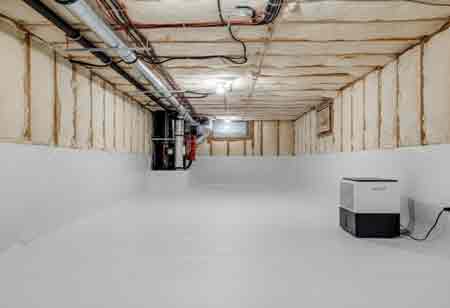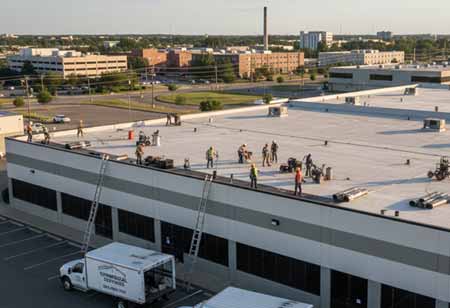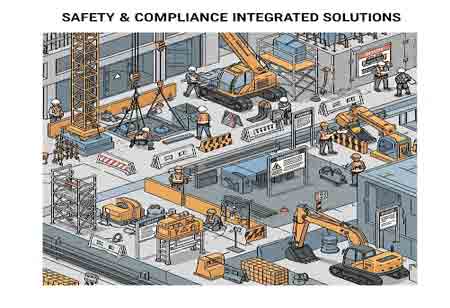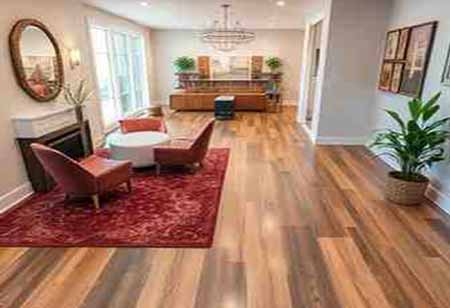Thank you for Subscribing to Construction Business Review Weekly Brief
Specials
- Apartment and Condominium Contractors Canada
- Decking Canada
- Architectural Glass Europe
- MEP APAC
- Construction Saudi Arabia
- German Apartment and Condominium Contractors
- Construction Law APAC
- Outdoor Construction
- Foundation Construction Canada
- MEP Canada
- Kitchen and Bath
- Cold Storage Construction APAC
- Precast Concrete Europe
- Construction Staffing Europe
- Pre-Construction Services
- Flooring System APAC
- Scaffolding Canada
- Swimming Pool Construction Canada
- Construction Management Canada
- Cold Storage Construction Canada
- Flooring Systems Europe
- Residential Construction
- Concrete Canada
- Construction Cladding Europe
- Construction Cladding APAC
- Concretes, Aggregates and Construction Materials APAC
- Concretes, Aggregates and Construction Materials Europe
- Commercial Contractors Europe
- Commercial Contractors APAC
- Dummy
- Construction Insulation, Coating and Waterproofing
- Construction Management APAC
- Landscaping Canada
- Construction Coating Europe
- Construction Tech Startups Europe
- Insulation Services Europe
- Mechanical Contractor Canada
- Mould Remediation and Testing Europe
- Swimming Pool Construction APAC
- Building Sealing Solutions Europe
- Construction Engineering Services
- Mechanical Electrical and Plumbing
- Roofing Systems Europe
- Architectural Glass APAC
- Startups APAC
- Construction Forensic and Owners Representative
- Flooring System
- Waterproofing APAC
- Wall Systems
- Safety and Compliance Europe
- Construction Bidding and Auctions
- Modular and Prefab Construction
- Architectural Glass
- Construction MENA
- Construction Demolition and Recycling Europe
- Modular Construction Europe
- Construction Interiors
- Steel Building APAC
- HVAC
- Doors and windows
- Construction Latam
- Building Information Modeling APAC
- Sustainable Construction APAC
- Building Restoration and Maintenance
- Commercial Contractors
- Specialty Construction
- Construction Engineering Canada
- Construction Engineering MENA
- Modular Construction Canada
- Modular Construction APAC
- Roofing and Siding Systems
- Workforce Management and Staffing
- Roofing Systems APAC
- Construction Consulting
- Steel Building Europe
- Construction Demolition and Recycling APAC
- Safety and Compliance APAC
- Concretes, Aggregates and Construction Materials
- Construction Cladding
The Expanding Influence of Crawl Space Solutions
Demand for crawl space encapsulation is rising due to its benefits for home health, energy efficiency, structural integrity, and increasing market value in residential construction.

By
Construction Business Review | Wednesday, October 01, 2025
Stay ahead of the industry with exclusive feature stories on the top companies, expert insights and the latest news delivered straight to your inbox. Subscribe today.
The construction business is witnessing a significant surge in demand for crawl space encapsulation services. Once an often-overlooked area, the crawl space is now recognized as a critical component influencing a home's overall health, energy efficiency, and structural integrity. This specialized service involves sealing off the crawl space from the outside environment to create a conditioned, dry, and clean area beneath the living space. This transformation brings a multitude of benefits, making it an increasingly essential offering within the residential construction and renovation sectors.
The Benefits of Driving Demand
The increasing adoption of crawl space encapsulation services can be attributed to the substantial benefits they offer to homeowners, particularly in areas crucial to health, energy efficiency, structural integrity, and overall home value.
One of the most significant advantages is the improvement in indoor air quality. As much as 50 percent of the air inside a home can originate from the crawl space. When this space is unsealed and exposed to moisture, it often becomes a breeding ground for mold, mildew, and other allergens, as well as a refuge for pests. These contaminants can migrate into living areas, compromising air quality and potentially causing respiratory issues and persistent musty odors. Encapsulation mitigates this risk by sealing the crawl space and preventing airborne pollutants from infiltrating the home, thereby promoting a healthier indoor environment.
Encapsulation also contributes to enhanced energy efficiency. Traditional vented crawl spaces allow conditioned air to escape while permitting unconditioned outside air to enter, causing HVAC systems to work harder to regulate indoor temperatures. By sealing and conditioning the crawl space, air leakage is minimized, and temperature fluctuations are significantly reduced. This results in more stable indoor climates and lower heating and cooling costs—an appealing incentive for homeowners focused on reducing utility expenses and minimizing their environmental impact.
From a structural standpoint, moisture poses a serious threat to a home's foundational elements. Elevated humidity in crawl spaces can cause wood rot, compromise support beams, and damage subflooring, ultimately threatening the structural integrity of the entire home. Encapsulation helps prevent these issues by maintaining a dry environment, which protects critical structural components, reduces the likelihood of expensive repairs, and preserves the home's long-term value.
Encapsulation plays a vital role in pest control. The dark, damp conditions of an unsealed crawl space attract rodents, insects, and termites. Sealing off the space and eliminating excess moisture creates an environment that is inhospitable to these pests, significantly lowering the risk of infestations that can damage property or pose health hazards.
Encapsulation enhances both home comfort and resale value. Homeowners often report improved comfort levels, such as warmer floors during winter and lower indoor humidity during summer. Additionally, a properly encapsulated crawl space serves as a visible sign of proactive home maintenance, appealing to prospective buyers and increasing market value.
Techniques and Materials
Crawl space encapsulation is a comprehensive process designed to create a durable, moisture-resistant seal using a combination of strategic steps and specialized materials. The process begins with a thorough cleaning and preparation of the crawl space, which involves the removal of debris, standing water, mold, and any damaged insulation. It is essential to address any active water leaks or structural deficiencies before moving forward with encapsulation to ensure long-term effectiveness.
Once the area is prepared, a heavy-duty vapor barrier—typically constructed from polyethylene sheeting with a thickness of 10 to 20 mil—is installed. This material is selected for its high resistance to punctures and tears. The barrier is carefully laid over the entire crawl space floor and extended up the foundation walls. Overlapping sections are sealed with industrial-grade tapes and adhesives to create a continuous, airtight membrane that effectively blocks ground moisture from entering the space.
To enhance energy efficiency, insulation is integrated into the encapsulation system. Rigid foam panels are commonly affixed to the walls of the crawl space to provide thermal resistance. In certain situations, spray foam insulation is applied to seal gaps and insulate areas that are difficult to access, such as around rim joists.
Sealing all external vents and openings is a critical step in maintaining the integrity of the encapsulated environment, as it prevents the infiltration of outdoor air and moisture. The final phase of the process involves the installation of a humidity control system. This typically includes a dedicated crawl space dehumidifier that continuously regulates humidity levels. In advanced systems, a small amount of conditioned air from the home’s HVAC system may be introduced into the space to incorporate it into the home’s thermal envelope. Additionally, in regions susceptible to high water tables or frequent rainfall, supplemental drainage solutions such as sump pumps or perimeter drains may be implemented to mitigate the risk of water intrusion.
The robust growth of the crawl space encapsulation service market is attributed mainly to the changing consumer landscape. Homeowners and builders are increasingly aware of the long-term benefits of this solution, and their shifting preferences towards sustainable home improvement options are a key driver of this growth. Encapsulation, with its alignment with energy efficiency and improved indoor air quality, is a perfect fit for these evolving consumer demands.
As building codes and consumer expectations evolve towards more sustainable and healthier living environments, the demand for crawl space encapsulation services is poised for continued expansion, solidifying its position as an integral part of the modern construction business.
More in News





